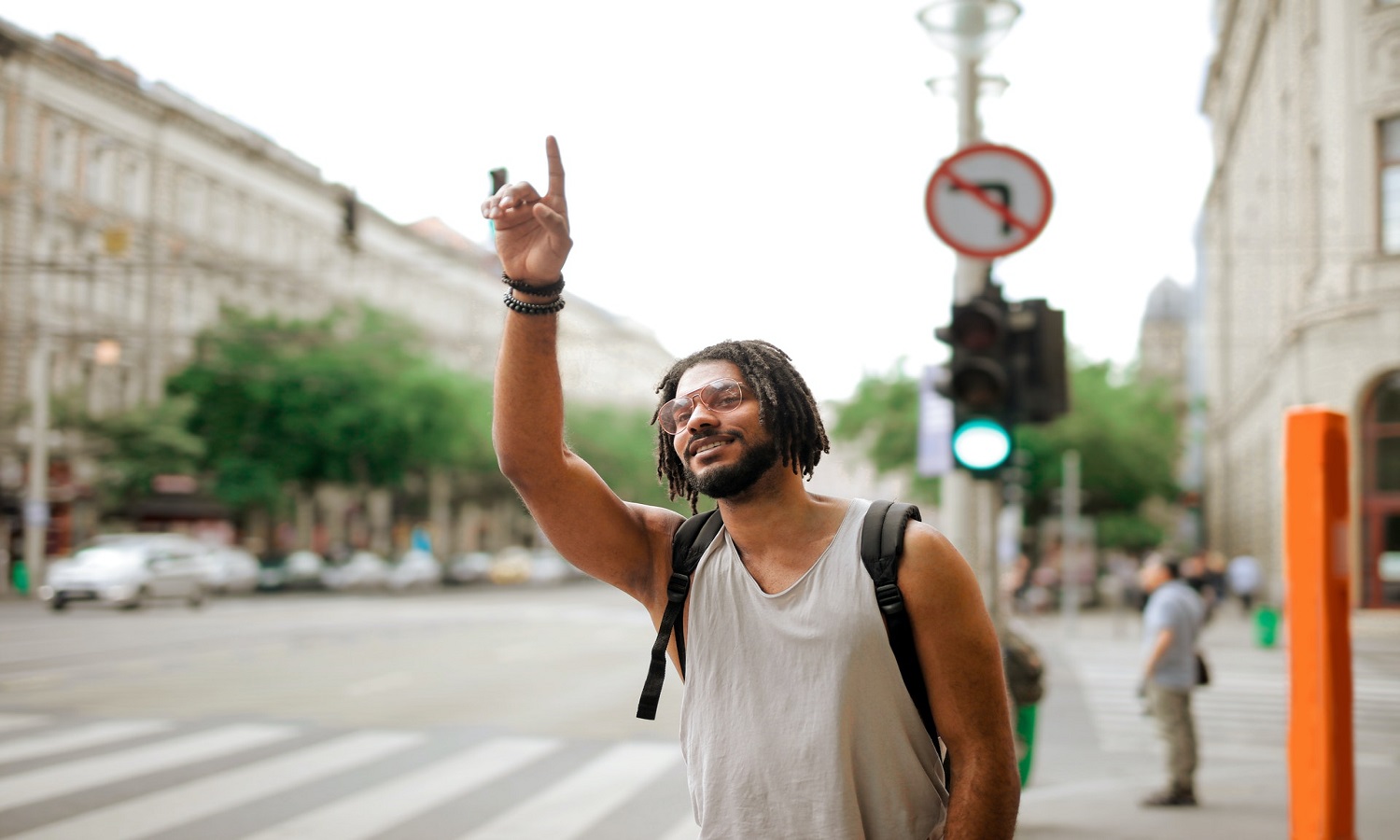Every day hundreds of self-driving companies are trying to make the vehicles behave like a human is controlling them instead of a computer.
The autonomous driving industry is finding success but at a very slow speed. It’s true that cars become smart enough to provide a ride without any human assistant. The vehicle is even capable make a decision at an intersection, make a overtake, and intelligent enough to deduce if the right person is in the vehicle or not, etc.
There are many such accomplishments but fully self-driving is still far away despite Elon Musk’s constant promises. The world has to wait longer to see a working fully or level 5 self-driving car on roads.
Companies are trying to make their vehicles learn new things so they can behave more human than a machine.
Considering gestures are an important medium of human communication, it’s not surprising that some companies are making their vehicles learn certain gestures.
In a patent application, Wipro disclosed their intention to teach a driverless to understand the hand gestures of traffic police in some particular cases when traffic lights don’t work.
GM also wants a driverless vehicle to learn about a certain gesture.
The automaker made efforts to give their vehicle the ability to recognize the cab calling gestures.
A patent application by GM disclosed the intention of the company to enter in ride-hailing business and the process to recognize the hand gestures along with the reasons why there is a need for such a feature.
First, let’s see why GM thinks there is a need for such a feature.
As per the patent application, even though it becomes general to call a ride via a smartphone. There are cases when a user wants to call a cab on an emergency or a whim and doesn’t have a smartphone at that moment.
Further, calling a cab takes generally 10 to 15 minutes via a smartphone but if there is an unoccupied cab right in front of you. You don’t have to wait for booking a cab and its arrival.
Even smartphone has become kind of our body parts but there are times when we accidentally forget it to carry and if in such times you want to call a cab, it’d be a problem.
These are some of the potential scenarios to justify why such a feature is necessary.
How It Will Recognize Gestures?
The car will have lidar, radar, and camera to check its surrounding objects such as vehicles, humans, animals. The sensors will be finding a human presence in proximity. And they further will analyze if a human is raising a hand to make a gesture in order to hail the vehicle.
Obviously, the vehicle will understand multiple gestures to call for a cab. And if the vehicle is in motion, it will decrease its speed to accurately analyze the gesture.
After sensing a raised hand, the sensors will focus on the raised arm to find the position and motion of the fingers.
If it doesn’t match the registered gestures then it will ignore but if it matches, it will make a stop to let a person in for a ride.
GM’s concept is a little difficult and doesn’t seem like a practical application but if this works, this would be a better thing to have.
Further, these small things are what makes a vehicle smart every day. So, even if a feature has very little chance to be practical but somehow makes a human task easy it’s worth having it.
Author Bio: Oorja Pandya is a Marketing Associate at GreyB Services, a Patent Search Services Provider with offices in Singapore, India, and the US.




